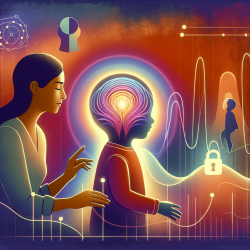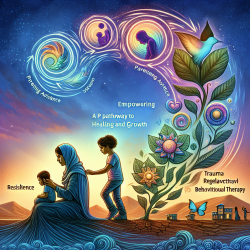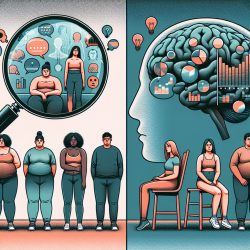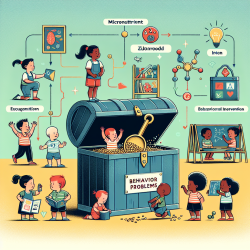Understanding Neural Responses to Syllable-Induced P1m in Children with Autism
The recent study titled "Neural responses to syllable-induced P1m and social impairment in children with autism spectrum disorder and typically developing Peers" offers groundbreaking insights into the neural mechanisms underlying social impairments in children with Autism Spectrum Disorder (ASD). This research is pivotal for practitioners in speech-language pathology and related fields, as it provides data-driven insights that can enhance diagnostic and therapeutic approaches.
Key Findings from the Study
The study examined the relationship between syllable-induced P1m responses and social impairments in children with ASD compared to typically developing (TD) peers. Using magnetoencephalography (MEG), the researchers analyzed the neural responses of 49 children with ASD and 26 TD children. The key findings include:
- Latency and Intensity Differences: In TD children, a shorter latency of syllable-induced P1m in the left hemisphere was associated with better social responsiveness, as measured by the Social Responsiveness Scale (SRS). This association was not observed in children with ASD.
- Leftward Lateralization: In children with ASD, increased leftward lateralization of P1m intensity was correlated with more pronounced autistic traits. This suggests a potential compensatory mechanism in the neural processing of social cues.
Implications for Practitioners
These findings have significant implications for practitioners working with children with ASD. Here are some actionable insights:
- Early Diagnosis: The study highlights the importance of assessing neural responses to speech stimuli as a potential biomarker for early diagnosis of ASD. Practitioners should consider incorporating MEG or similar non-invasive imaging techniques into their diagnostic protocols.
- Tailored Interventions: Understanding the neural underpinnings of social impairments can help tailor interventions to the specific needs of children with ASD. For instance, therapies that enhance leftward lateralization might be beneficial for improving social responsiveness.
- Further Research: Practitioners are encouraged to engage in further research to explore the relationship between neural responses and social impairments. This could lead to the development of more effective, evidence-based interventions.
Conclusion
The study provides valuable insights into the neural mechanisms associated with social impairments in children with ASD. By leveraging these findings, practitioners can improve diagnostic accuracy and tailor interventions to better meet the needs of children with autism. As always, continued research is essential to deepen our understanding and improve outcomes for children with ASD.
To read the original research paper, please follow this link: Neural responses to syllable-induced P1m and social impairment in children with autism spectrum disorder and typically developing Peers.










